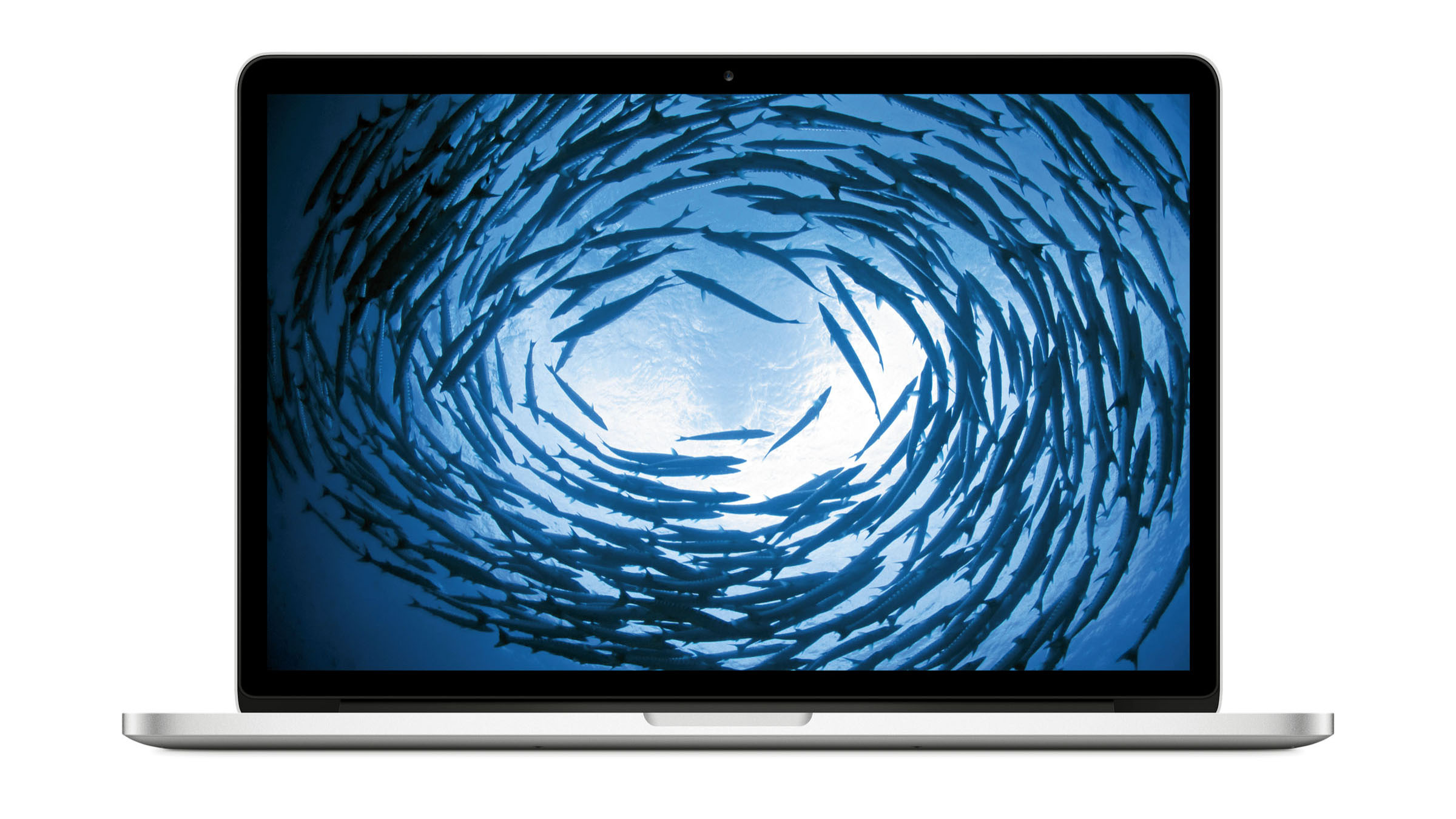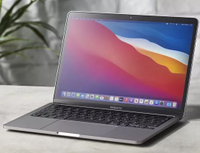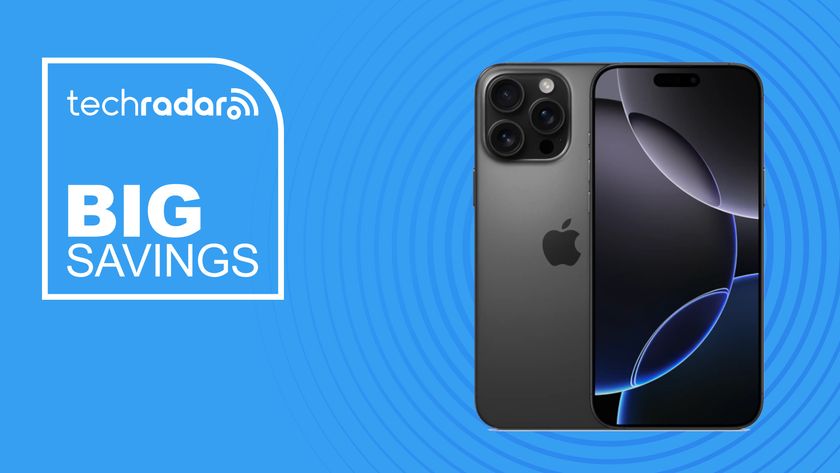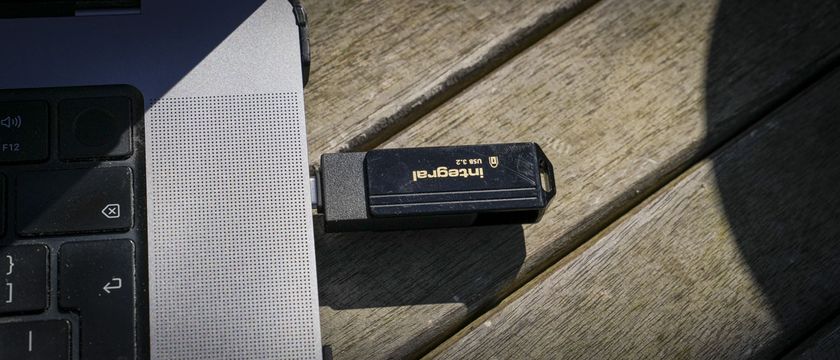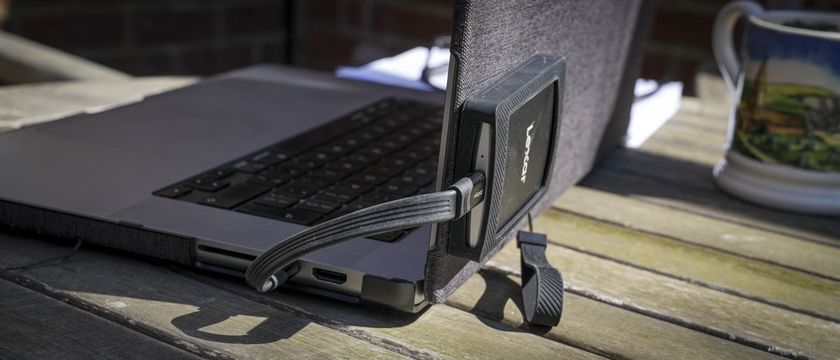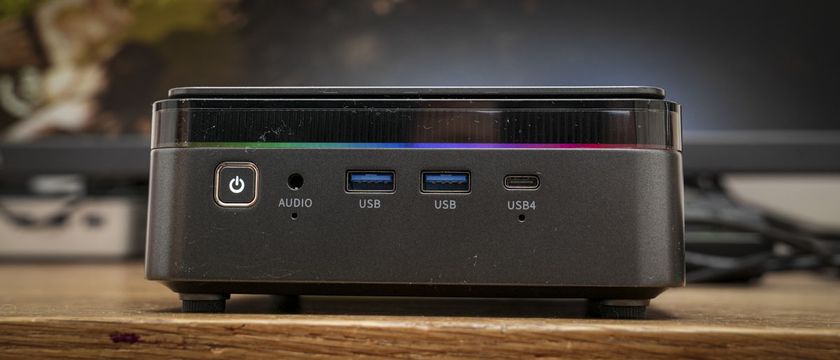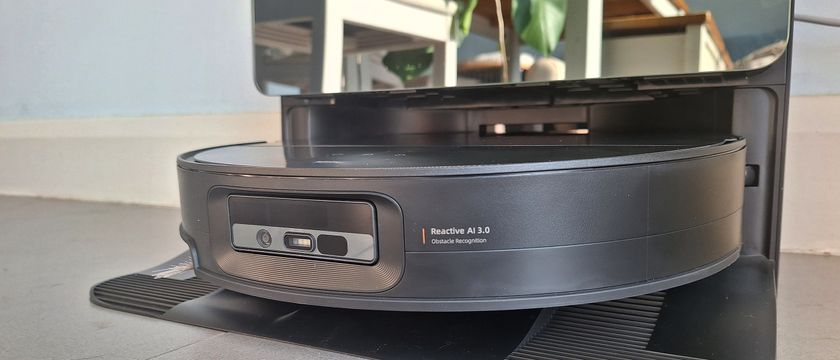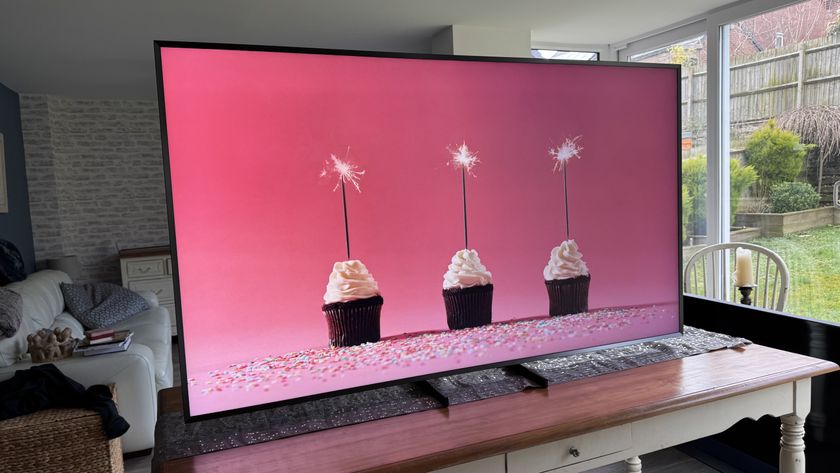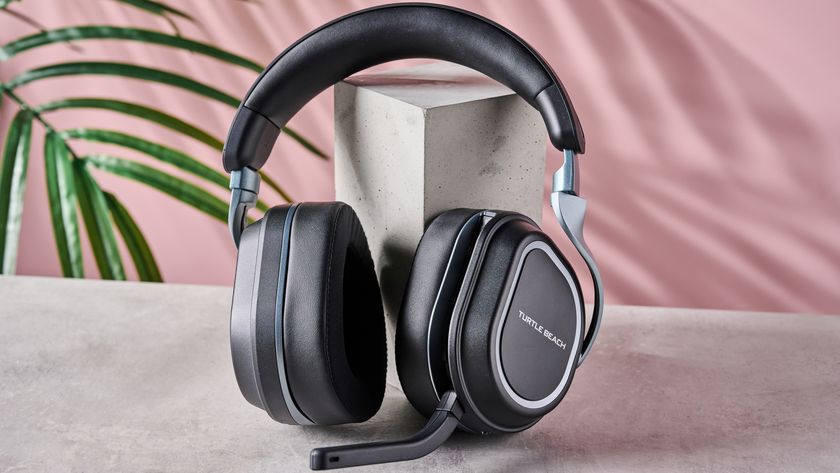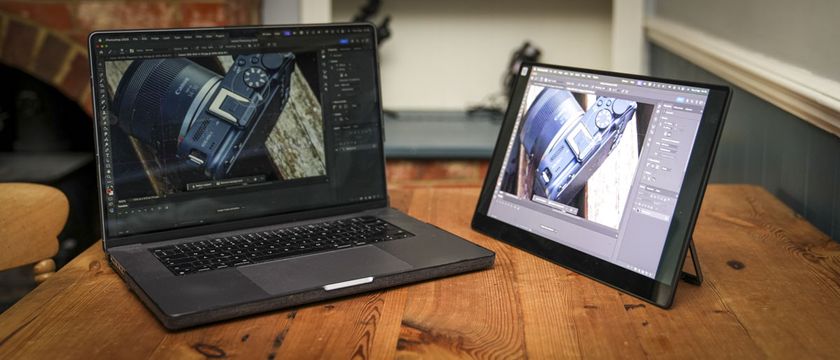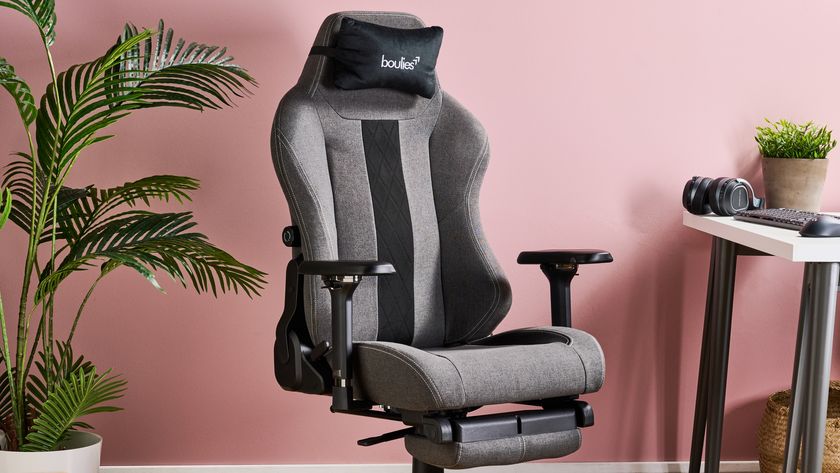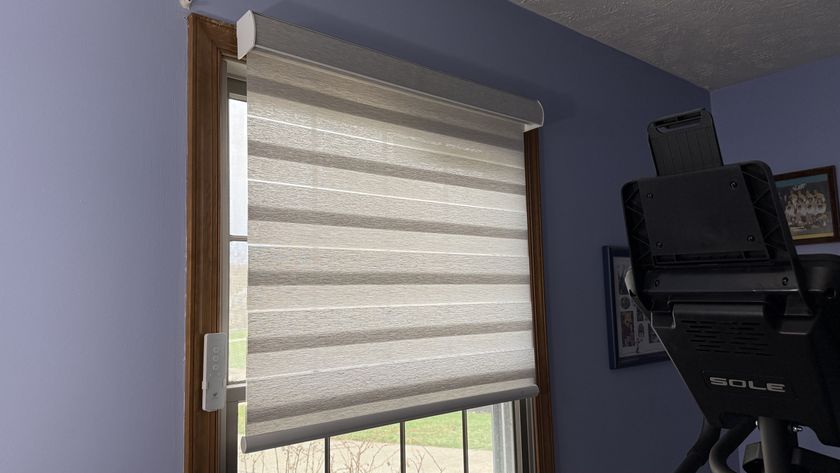TechRadar Verdict
Intel's latest chip and Thunderbolt 2 make Apple's Retina display laptop the one to beat.
Pros
- +
Fast Haswell processors
- +
Fantastic Retina screen
- +
Thunderbolt 2 ports
- +
Good range of bundled apps
Cons
- -
No integrated optical drive
- -
No matte screen option
- -
No discrete graphics in this model
- -
Expensive
- -
Almost impossible to user upgrade
Why you can trust TechRadar
The new MacBook Pro (late 2020) is powered by Apple's first laptop processor, the M1. Benchmarks show that it makes a wonderful mobile workstation, a jaw dropping music production notebook and a groundbreaking video editing laptop.
The late 2013 MacBook Pro with Retina display is the third release in the series. The Retina notebooks were introduced in June 2012 and lightly refreshed in February of this year. Externally, the new, late 2013 15-inch MacBook Pros with Retina display are identical to their predecessors.
They boast the same slim, lightweight design, same range of connectivity ports and above all, the same gorgeous Retina screen. It's a 15.4-inch display with a native resolution of 2880x1800, which is over 5.1 million pixels.
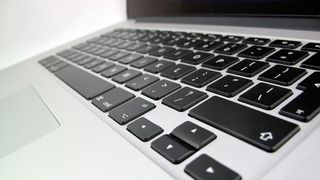
So what's changed? The two new 15-inch Retina Pros in the late 2013 range have, of course, switched to the new Haswell processors. They both have quad-core Intel Core i7s, which can Turbo Boost to redistribute underused resources and temporarily raise their performance above their stated clock speed. Hyper Threading allows them to run two threads on each core, giving a total of eight virtual cores.
The Retina MacBook Pros have won multiple awards, and naturally, they've been extensively copied. If you don't want Mac OS, there's plenty of light, thin Windows notebooks to choose from. The Samsung ATIV Book 9 Plus is thin and powerful, though at over £1,100, it's expensive for a PC notebook.
The Sony Vaio Duo 13 has Haswell processors, and a form factor that lets you turn it into a tablet as well as use it as a standard laptop. And there's always the HP Spectre XT TouchSmart, which is a very capable machine at around £1,000.
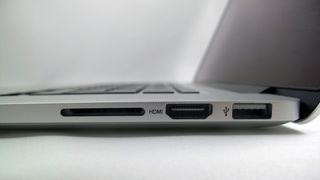
If you're happy with the limited but cheap and functional Chrome operating system, there's the HP Chromebook 11. It costs less than £230, which is a bargain.
The 15-inch MacBook Pro with Retina display is ideal for professionals who need the extra screen space afforded by a 15-inch notebook, especially if they're likely to carry it around a lot. By ditching the optical drive and replacing the hard drive with built-in solid-state storage, Apple has been able to slim it down to just 1.8cm thick, and reduce the weight to a mere 2.02kg.
Of course, its excellent Retina screen is ideal for graphics and video work too. Slimming down the casing forced Apple to drop the FireWire ports for the Retina range - it simply wouldn't fit. But as we get two Thunderbolt ports (using the new Thunderbolt 2 protocol), two USB 3.0 ports, a HDMI outlet and an SDXC card slot, will we really miss FireWire? If you still have FireWire peripherals, you can buy a first-party adapter for £25 and use them in one of your Thunderbolt ports.
